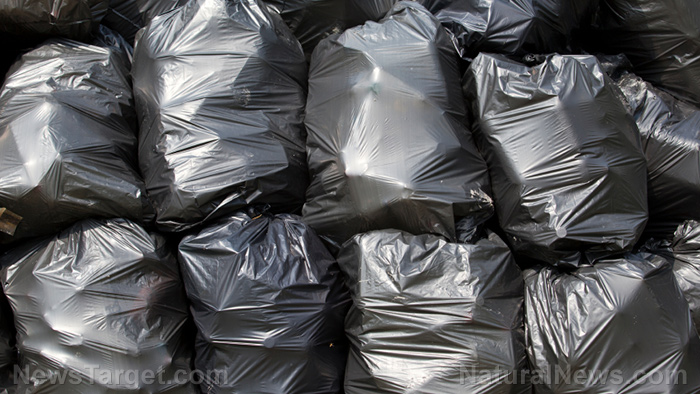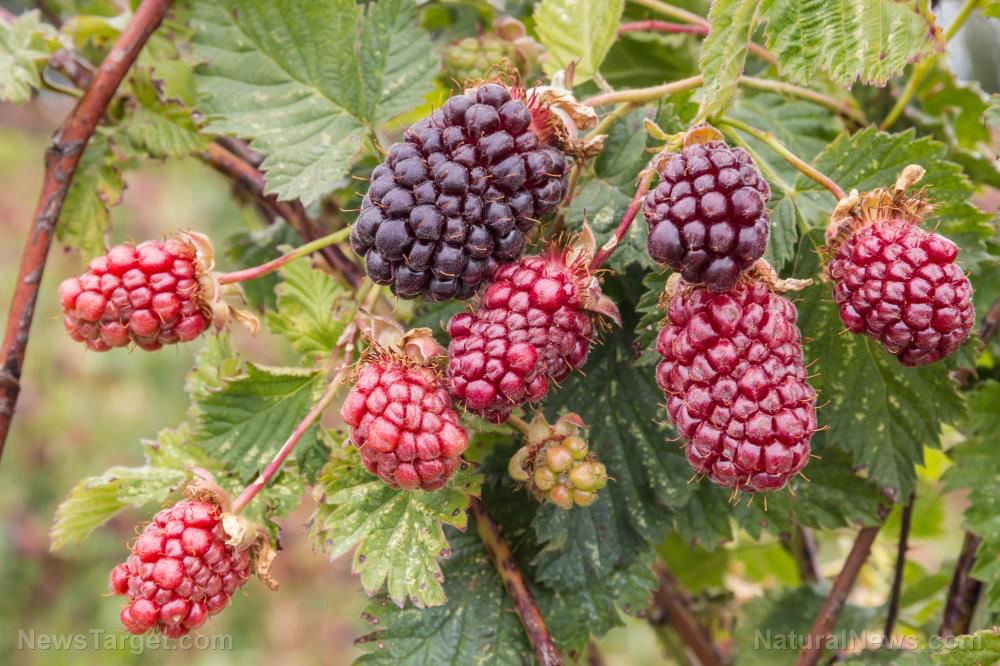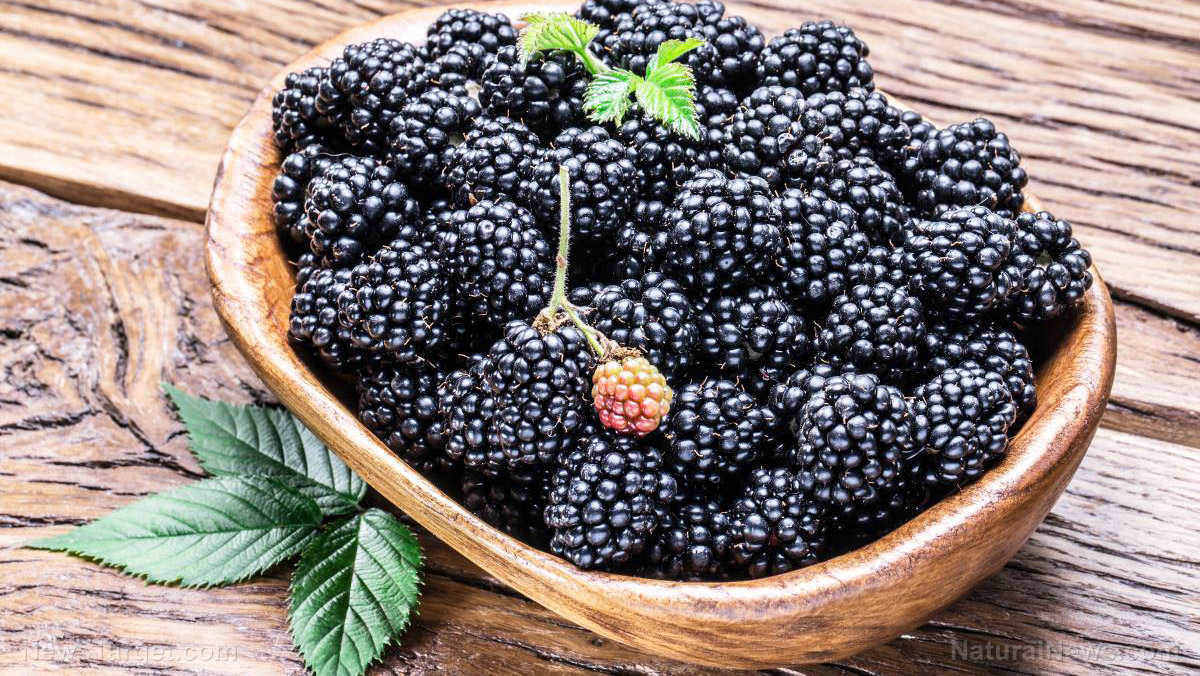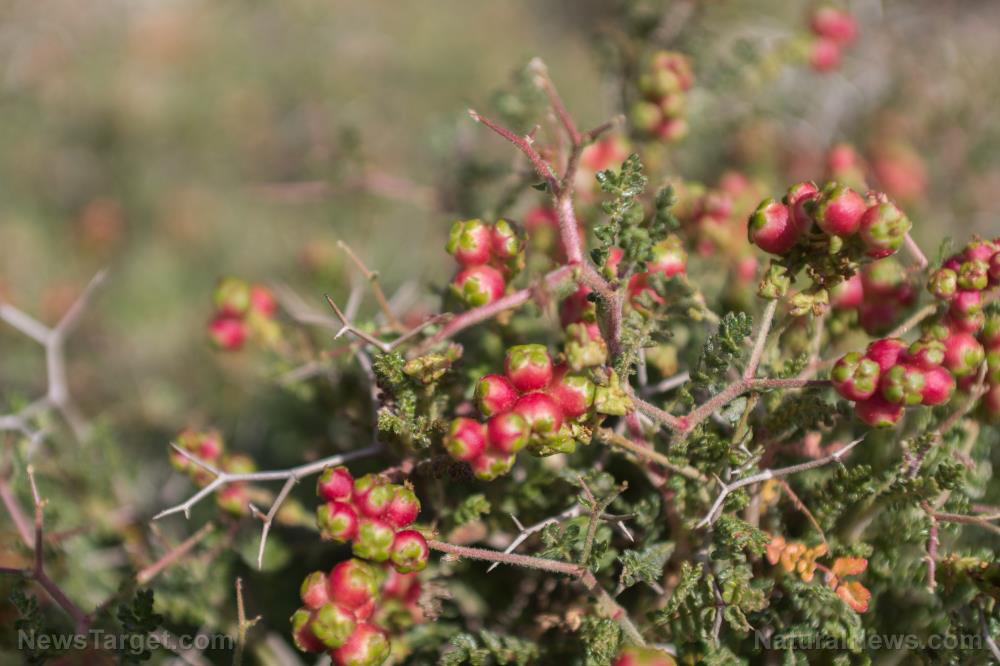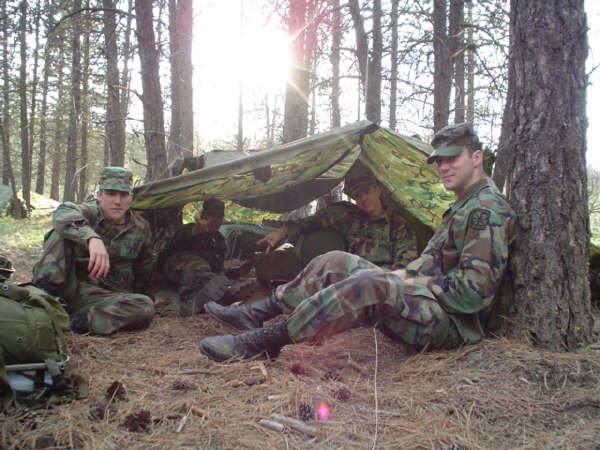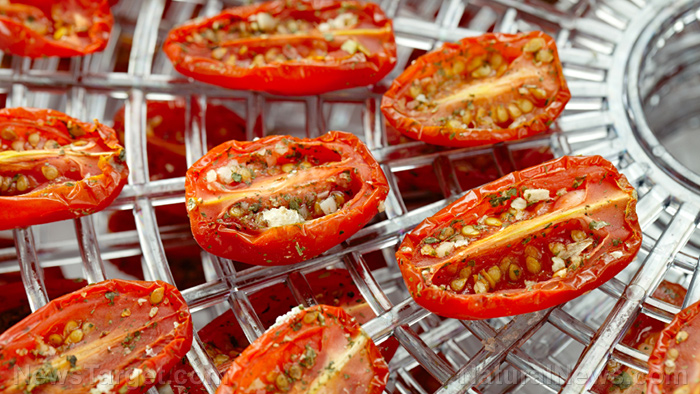Record-breaking heat, drought prompt Manitoba to declare state of agricultural emergency
07/09/2021 / By Ethan Huff

Parts of Canada are currently experiencing the hottest temperatures ever on record, resulting in severe drought conditions that threaten to destroy local agriculture.
The situation is so dire in Manitoba that government officials recently declared a state of agricultural emergency. The Rural Municipality of St. Laurent, located in the Interlake region, is another that declared an agricultural state of disaster after temperatures reached the upper 90s.
Not only is it exceptionally hot in Canada but rainfall has been minimal. St. Laurent has received less than 40 percent of its normal amount so far this year, which is killing crops, as well as drying out the wells and dugouts used to water them.
On top of all that, a grasshopper infestation is being reported in some areas as well, which is only exacerbating the problem.
Rising costs for feed and water is further driving some farmers to have to sell their livestock just to make ends meet.
“Some are selling off their cattle because of the dryness. It is a disaster. Many don’t have water,” says Deputy Reeve Frank Bruce, a Canadian official. “They are getting wells dug up and are actually hauling water from the lake into the dugouts.”
“And on top of this, grasshoppers are eating their crops. There is an infestation.”
Suffering farmers petitioning for assistance through provincial, federal programs
Because many crops are now irreversibly damaged due to this combination of destructive factors, the government is reportedly working with local municipalities and producers to provide resources and other support.
Manitoba’s Keystone Agricultural Producers (KAP) group, which represents some 4,500 farmers throughout the province and 21 commodity groups, says it is too early to fully assess the monetary value of all the damage.
“There is probably irreversible damage to the crops, the hay, and the pastures,” says KAP president Bill Campbell.
“With this heat there will be pod abortion, and the wheat won’t be as good as it could be. It’s just too much stress and you don’t get it back. You can’t repair that at this stage of the game.”
It is up to farmers to measure what actually goes into the bin, and they have yet to do so.
While mild rains helped some in mid-June, the subsequent “heat dome” created added problems, including the threat of an early, underperforming harvest.
“Beetles ravaging canola, frost, and cold temperatures in the spring, poor germination and then reseeding – it’s almost like your emotions are a yo-yo,” Campbell added. “You go up and down. Then this blast of intense heat.”
“While we know a lot about how to deal with adversity, Mother Nature holds the trump card, and we haven’t had enough rain.”
Livestock are, of course, also suffering.
“The dugouts, the creeks didn’t replenish,” he laments. “And you know whatever limited rainfall there was, there was no runoff. The dugouts are dry and empty.”
With no water on the pastures, grass does not grow, nor do cattle have anything to drink. This is especially problematic when temperatures reach the highs that they recently did.
California is experiencing many of the same problems, though its “drought” has largely been manufactured by the state government, which is draining precious freshwater from the reservoirs and dumping it into the ocean to supposedly save an “endangered” delta smelt.
“Some of the crops are on the verge of being written off and then they can be harvested as feed for livestock,” says Larry Wagner, a local cattle producer in Manitoba and chair of the Manitoba Forage and Grasslands Association.
“Some of them won’t make a crop. We just have to keep going and salvage what we can.”
More related news about crop failures can be found at Collapse.news.
Sources for this article include:
Tagged Under: California, Canada, Collapse, crops, delta smelt, Drought, famine, food supply, harvest, heat dome, livestock, reservoirs
RECENT NEWS & ARTICLES
COPYRIGHT © 2017 PREPAREDNESS NEWS


